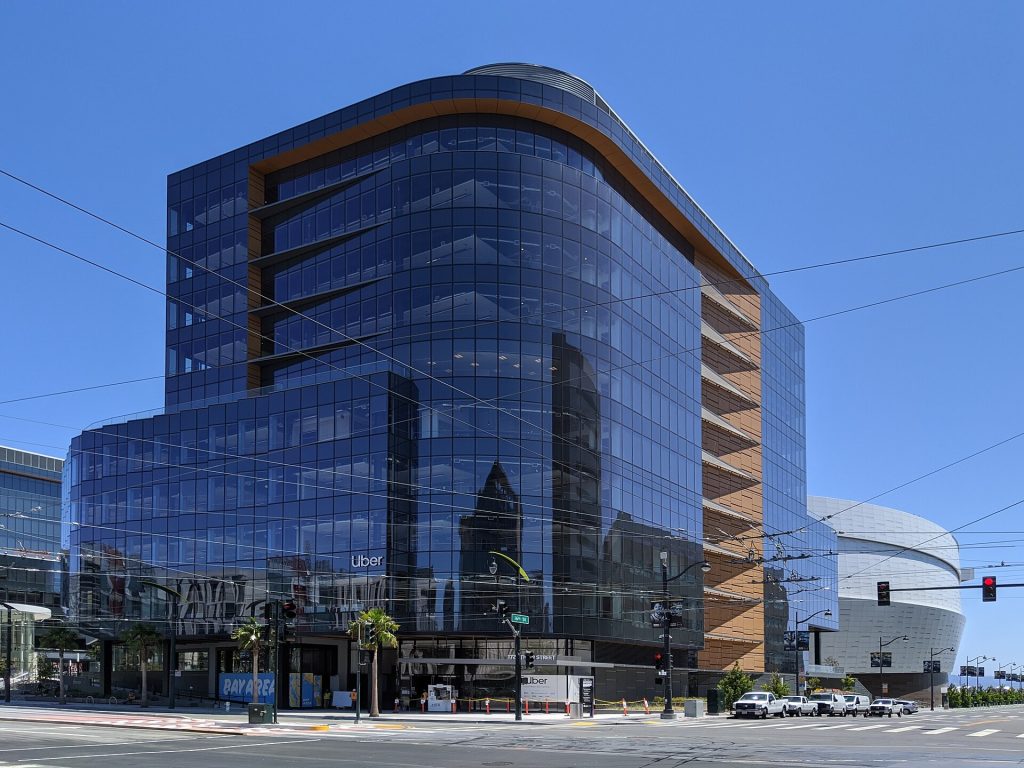
Prologue — A Black Dot (2010, San Francisco)
A rainy dawn on Market Street.
A college student pressed a small black dot on his smartphone, and a black sedan rolled to the curb minutes later.
He gasped into his phone, “I just called a ride with a button. Not a taxi, an app.”
In the backseat, the founders watched the glowing icon move.
Garrett whispered, “See? That dot can make a city breathe. If we connect every dot, the city itself becomes the network.”
Travis smirked. “Not drivers moving the city—the city drives itself.”
The tiny black dot was the spark that would ignite a global drama.
Chapter 1 — The Fire of Surge (2012, New York)
New Year’s Eve, Times Square.
In Uber’s operations room, the map turned red as demand spiked.
“Surge pricing just hit 3x!” someone shouted.
Travis replied coldly, “That’s the truth. Without the price, cars won’t move.”
On the street, a couple reluctantly paid three times the fare.
The next morning, Twitter burned with outrage:
“Exploitation!”
“Greed in the name of tech!”
Inside driver chat rooms, voices argued.
“If not now, when do we make money?”
“But if riders don’t trust us, what’s left?”
Surge was both a promise of efficiency and a ticking bomb of reputation.
Chapter 2 — The Transparent Window (2014)
San Francisco HQ, late at night.
An engineer proudly demoed the “God View.”
“Every ride, every pickup—real-time surveillance.”
A lawyer frowned.
“This is dangerous. If regulators see this?”
Travis shrugged. “Information is power. But yes… it’s how we wield it.”
Weeks later, headlines spread: Uber tracking users’ movements.
The world’s message was simple: We wanted convenience, not surveillance.
Chapter 3 — The Night of the Airport and the Hashtag (2017, JFK)
Winter. Immigrant taxi drivers staged a strike at JFK Airport.
Uber pushed an alert: “No surge pricing at JFK.”
Intended as reassurance, it backfired.
On Twitter: “Uber is breaking the strike!”
#DeleteUber erupted like wildfire.
In Slack, staff lamented:
“We tried to help passengers… but we lost the message.”
That night, Uber promised a $3 million immigrant driver fund.
But scars remain longer than headlines.
Chapter 4 — A Blog Post That Shook the Empire (2017)
Engineer Susan Fowler’s blog exposed sexual harassment inside Uber.
The post went viral overnight.
The board launched an external investigation. Forty-seven recommendations followed.
An executive muttered, “We’re not a scrappy startup anymore. We’re the city’s bloodstream. Responsibility is not optional.”
Leadership toppled. Travis resigned.
The board appointed Dara Khosrowshahi.
Chapter 5 — The Desert Night (2018, Tempe)
Arizona, Tempe.
An autonomous test car struck pedestrian Elaine Herzberg.
Engineers pored over reports.
“The system classified her… as objects, not human.”
The world recoiled. Was Uber’s technology mature enough for lives to depend on it?
Dara ordered: “Suspend testing. Rebuild safety protocols.”
Expectation turned to fear, and Uber relearned that safety must come before speed.
Chapter 6 — A City Stopped, a Delivery Moved (2020)
COVID lockdown.
On Uber’s map, black dots disappeared. Drivers parked cars and smoked in silence.
“Is it over? Our jobs too?”
In a video call, Dara declared:
“We no longer move just people. We move anything. This is Eats. Food, groceries, medicine.”
Graphs inverted. Rides plummeted. Eats soared.
Uber acquired Postmates, stitching survival from crisis.
Chapter 7 — The Ballot and the Promise (2020, California)
Drivers lined up to vote on Proposition 22.
“This is about our future,” one said.
The measure passed.
Uber pledged minimum income guarantees and insurance.
Yet legal battles lingered.
Flexibility and rights—both demanded, neither fully granted.
Chapter 8 — The Constellation (2023–2025)
Uber entered the S&P 500.
Investors cheered. Skeptics warned.
In Phoenix, riders tapped a new option: “Take a Waymo.”
“No driver?”
“Yes,” the agent smiled. “But behind the scenes, there are still people ensuring safety.”
Dots spread across the map, linking into a constellation.
Expectation and fear entwined.
Uber’s drama was not about cars, but about trust.
Epilogue — The Neural Network of the City
At a town hall, Dara reflected:
“We stand between expectation and fear. Our task is to give people back time, to connect them fairly and safely. We’ve failed, we’ve learned, and we keep learning. Every dot on the map is a stitch in tomorrow’s constellation.”
The black dots glowed, no longer icons but a neural network of the city—where human will and machine learning intertwined.

